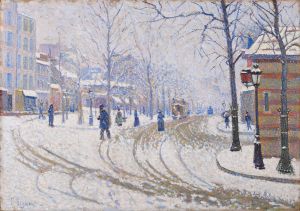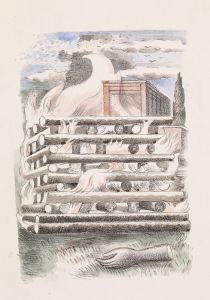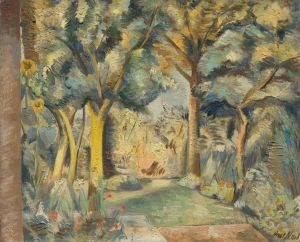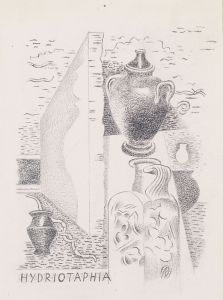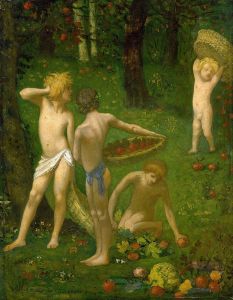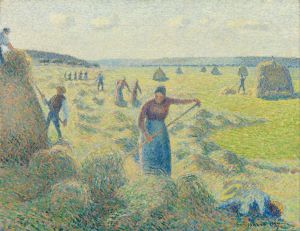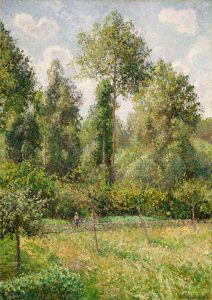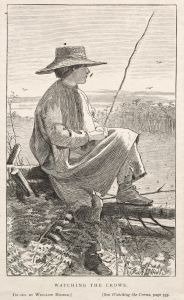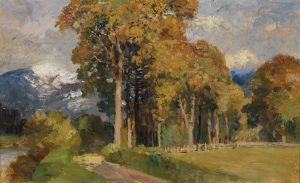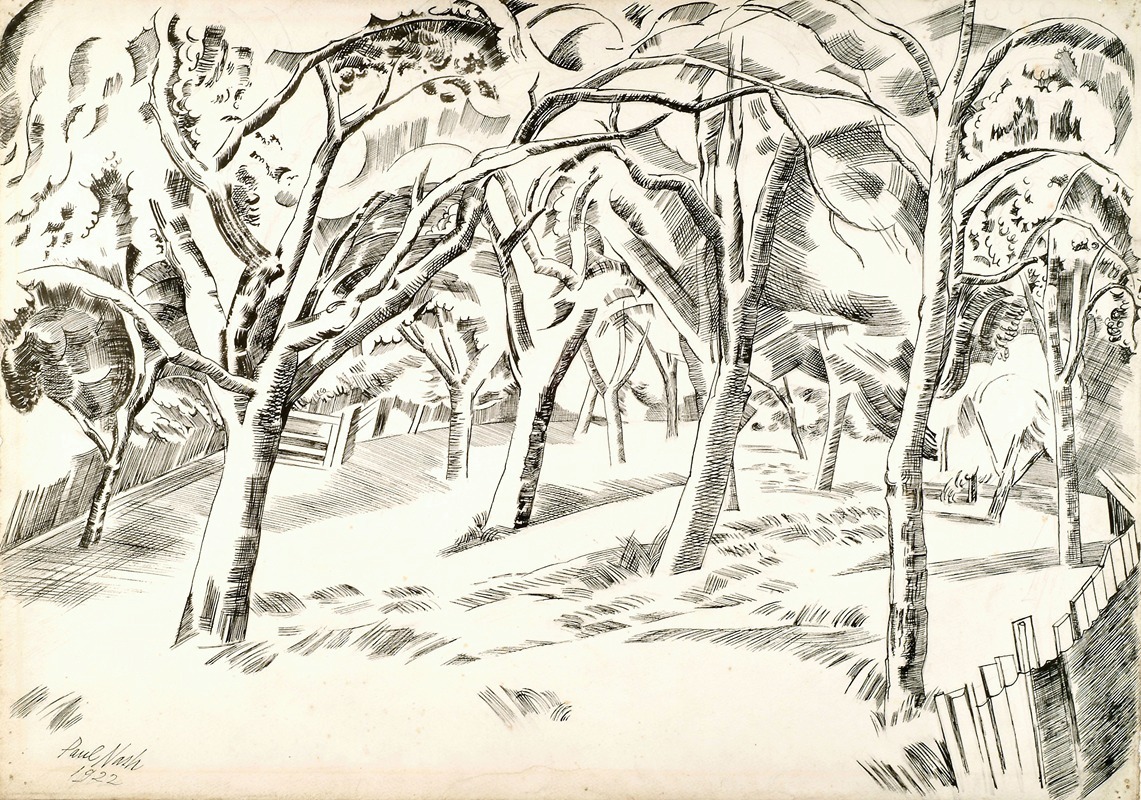
The Orchard
A hand-painted replica of Paul Nash’s masterpiece The Orchard, meticulously crafted by professional artists to capture the true essence of the original. Each piece is created with museum-quality canvas and rare mineral pigments, carefully painted by experienced artists with delicate brushstrokes and rich, layered colors to perfectly recreate the texture of the original artwork. Unlike machine-printed reproductions, this hand-painted version brings the painting to life, infused with the artist’s emotions and skill in every stroke. Whether for personal collection or home decoration, it instantly elevates the artistic atmosphere of any space.
Paul Nash was a prominent British artist known for his distinctive contributions to modern art, particularly in the realms of landscape and war art. "The Orchard" is one of his notable works, reflecting his unique style and thematic interests. Nash's career spanned the early to mid-20th century, a period marked by significant artistic and historical developments, which influenced his work profoundly.
Born in 1889, Paul Nash was deeply influenced by the English landscape, which became a central theme in his art. His early work was inspired by the romantic and mystical qualities of the British countryside, often depicting it with a surreal and dreamlike quality. This approach is evident in "The Orchard," where Nash's interpretation of natural forms and landscapes transcends mere representation, aiming instead to capture an emotional and symbolic resonance.
"The Orchard" exemplifies Nash's ability to blend realism with abstraction. While the painting depicts an orchard, it is not merely a literal representation. Instead, Nash uses the orchard as a motif to explore themes of nature, memory, and the passage of time. His use of color, form, and composition in the painting reflects his interest in the interplay between the natural world and the human experience.
Nash's work was significantly shaped by his experiences during World War I, where he served as an official war artist. The trauma and devastation he witnessed during the war had a lasting impact on his artistic vision, leading him to explore themes of destruction and renewal. Although "The Orchard" is not a war painting, the underlying tension and complexity in his landscapes can be seen as a reflection of his wartime experiences.
In "The Orchard," Nash employs a muted color palette, which is characteristic of his work. This choice of colors creates a somber and contemplative mood, inviting viewers to reflect on the deeper meanings behind the serene yet enigmatic landscape. The composition of the painting is carefully structured, with an emphasis on geometric forms and spatial relationships, highlighting Nash's interest in the abstract qualities of natural scenes.
Throughout his career, Nash was associated with various art movements, including Surrealism and Modernism. His work often incorporated elements of these movements, as he sought to push the boundaries of traditional landscape painting. "The Orchard" can be seen as part of this broader exploration, where Nash combines elements of reality and imagination to create a landscape that is both familiar and otherworldly.
Paul Nash's legacy as an artist is marked by his innovative approach to landscape painting and his ability to convey complex emotions through his art. "The Orchard" stands as a testament to his skill in capturing the essence of the natural world while imbuing it with personal and universal significance. His work continues to be celebrated for its contribution to British art and its enduring influence on subsequent generations of artists.
In summary, "The Orchard" by Paul Nash is a significant work that reflects the artist's unique vision and his ability to transform the landscape into a powerful medium for expression. Through his use of color, form, and composition, Nash invites viewers to engage with the deeper themes of nature, memory, and the human experience, making "The Orchard" a lasting and meaningful piece in the canon of modern art.





